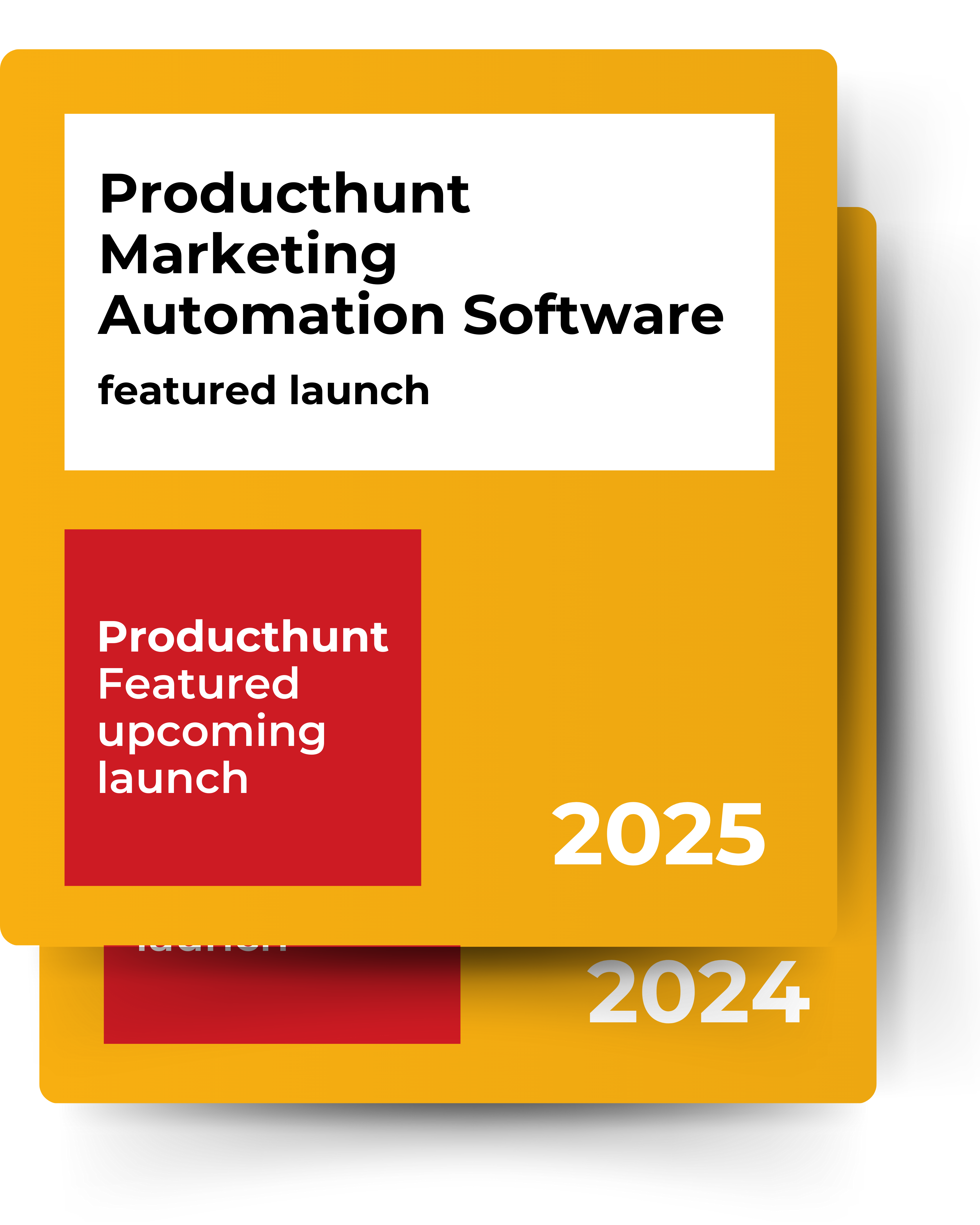It’s one of the most frustrating feelings for any founder or marketer: you’ve poured your heart and soul into building an innovative product, but your website visitors just don't "get it." They land on your page, read your carefully crafted copy, and still leave confused. This is the "curse of knowledge"—what's obvious to you is a complex puzzle to your potential customers. When confusion sets in, conversion dies. The solution isn't to write more text; it's to switch to a more powerful medium. It's time to stop telling and start showing with video, and platforms like Leo AI are making it easier than ever to create the clear, compelling product videos you need.
Humans are visual creatures. Relying on text alone to explain a complex user interface or an abstract value proposition is a losing battle. The data is clear: viewers retain 95% of a message when they watch it in a video, compared to only 10% when reading it in text (Forbes). For innovative products where clarity is paramount, video isn't a luxury; it's a necessity for survival and growth.
The High Cost of Customer Confusion
Product misunderstanding isn't just a marketing problem; it's a business problem that creates a domino effect of negative consequences. When a potential customer can't quickly grasp your product's value, it triggers a chain reaction that harms everything from acquisition to retention.
The Domino Effect of Product Misunderstanding
This chart shows how a single point of customer confusion can lead to compounding problems across the entire business funnel, impacting acquisition, retention, and operations.
*Conceptual model of business impact.
A confused visitor won't sign up for a trial. A confused new user won't complete onboarding and experience that "aha!" moment. A confused long-term user will churn, believing the product "doesn't work for them." Every step of the way, confusion creates friction that costs you money.
The "Show, Don't Tell" Framework: Video Types That Work
To combat confusion, you need a multi-faceted video strategy. Different types of videos serve different purposes at different stages of the customer journey. Here are the essential formats every product-led company should have in its arsenal.
The 90-Second Explainer Video
This is your elevator pitch, living on your homepage. Its sole purpose is to quickly and clearly articulate the problem you solve, how your product is the solution, and the value a customer will receive. Keep it concise, benefit-focused, and visually engaging.
The Feature Deep-Dive
For complex products, short videos that focus on a single feature or workflow are invaluable. These can live on feature pages, in your help documentation, or within your app itself. They break down complexity into digestible, task-oriented chunks, empowering users to succeed.
The Use-Case in Action
Your product likely serves multiple customer personas with different needs. Create videos that show how a specific type of user (e.g., "a marketing manager") can use your product to achieve a specific outcome (e.g., "launch a campaign faster"). This makes your product's value tangible and relatable.
Is Your Product's Value Lost in Translation?
Let Leo AI create a library of clear, compelling product videos from your existing content. Turn confusion into conversions.
Generate Videos Now Book a DemoCrafting the Perfect Explainer Video Script
A great explainer video isn't just a screen recording; it's a story. The most effective scripts follow a simple, time-tested narrative structure that resonates with viewers and drives them to action. Don't overcomplicate it. Follow this five-step formula:
- The Problem: Start by articulating your customer's pain point in their own language. Show them you understand their world. (e.g., "Tired of spending hours editing videos for social media?")
- The Solution: Introduce your product as the clear and simple solution to that specific problem. (e.g., "Introducing Leo AI, the platform that automates video creation.")
- How It Works: Briefly walk through the 1-2-3 steps of using your product to achieve the solution. Focus on simplicity and the core workflow. Avoid getting bogged down in edge-case features.
- The Transformation: Show the "after" state. What is the ultimate benefit or emotional payoff for the customer? (e.g., "Now you can get a week's worth of video content in minutes, freeing you up to focus on strategy.")
- The Call to Action: Tell the viewer exactly what you want them to do next. (e.g., "Start your free trial today.")
This structure ensures your video is focused, persuasive, and easy to follow.
Scaling Your Efforts with AI-Powered Demos
The framework above is powerful, but it presents a challenge: how do you create high-quality videos for every feature, use-case, and persona without hiring a massive video production team? This is where modern AI tools fundamentally change the equation. The biggest barrier to a comprehensive video strategy has always been the sheer effort of production.
With a platform like Leo AI, you can adopt a "record once, publish everywhere" model. Simply upload a single long-form recording—like an internal team demo, a customer onboarding webinar, or a founder presentation—and our AI gets to work. It analyzes the content, identifies the key moments, and automatically generates a library of short, focused video clips. You can instantly have dozens of feature explainers, use-case demos, and value-prop videos, all derived from a single asset. This is how you show, not just tell, at scale, ensuring every part of your product is clearly understood by the people who need it most.
Integrating Video Into Your Entire Customer Journey
To truly defeat customer confusion, your videos can't just live on your homepage. They need to be strategically placed at every potential point of friction in the customer journey. Think of them as helpful guides, ready to provide clarity whenever a user might get stuck.
- Onboarding Emails: Instead of linking to a dense help article, embed a short video showing a new user how to complete their first key action.
- Help Documentation: Supplement your technical text with quick video tutorials that demonstrate complex steps visually. This can dramatically reduce support ticket volume.
- In-App Tooltips: Use modals or tooltips to offer contextual micro-videos that explain a specific feature right when the user encounters it.
- Sales Outreach: Equip your sales team with a library of use-case videos they can send to prospects to clearly demonstrate how your product solves their specific problems.
By weaving video throughout the customer experience, you create a seamless path from initial awareness to successful, long-term adoption, ensuring your product's power is never lost in translation.




